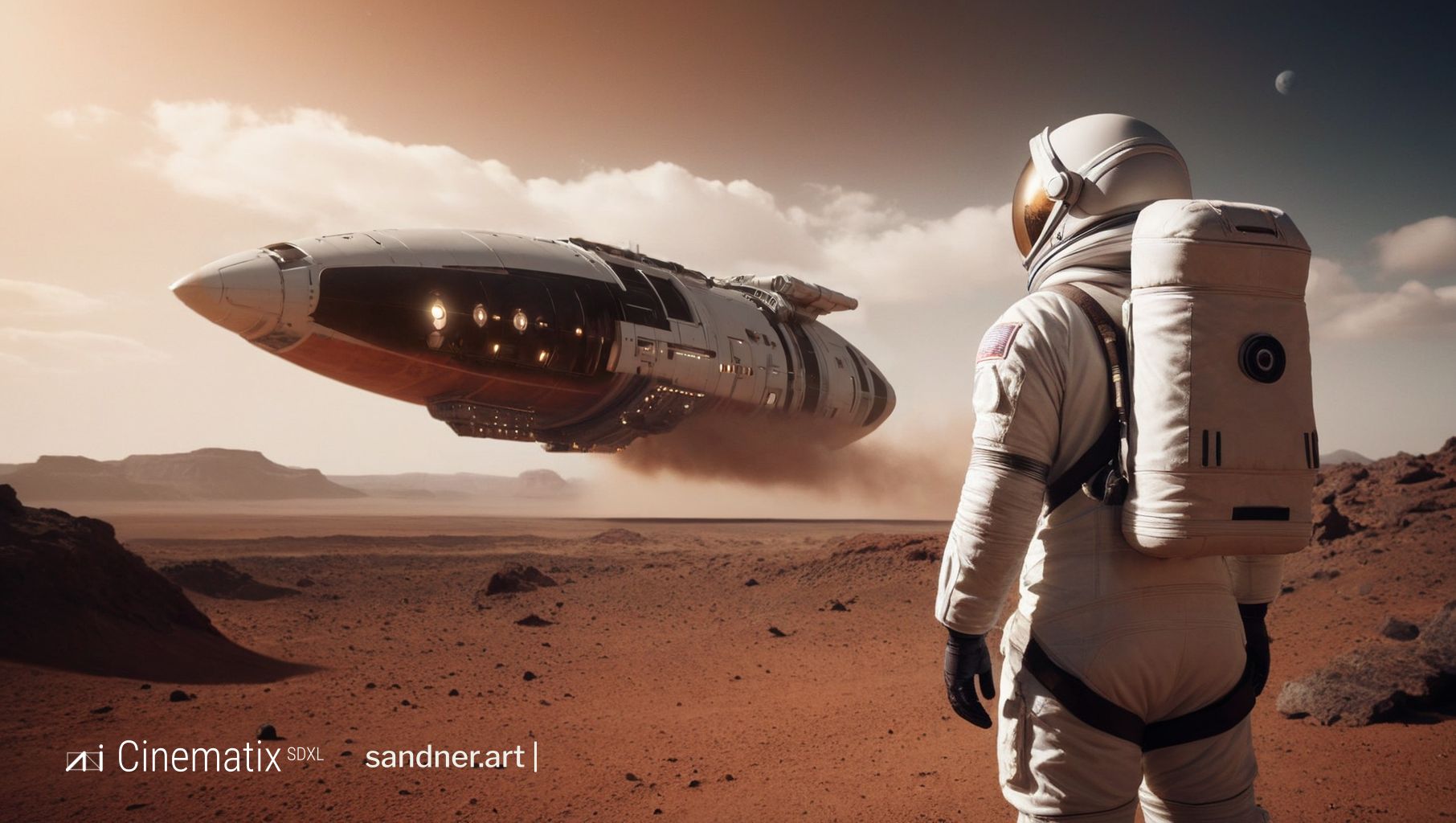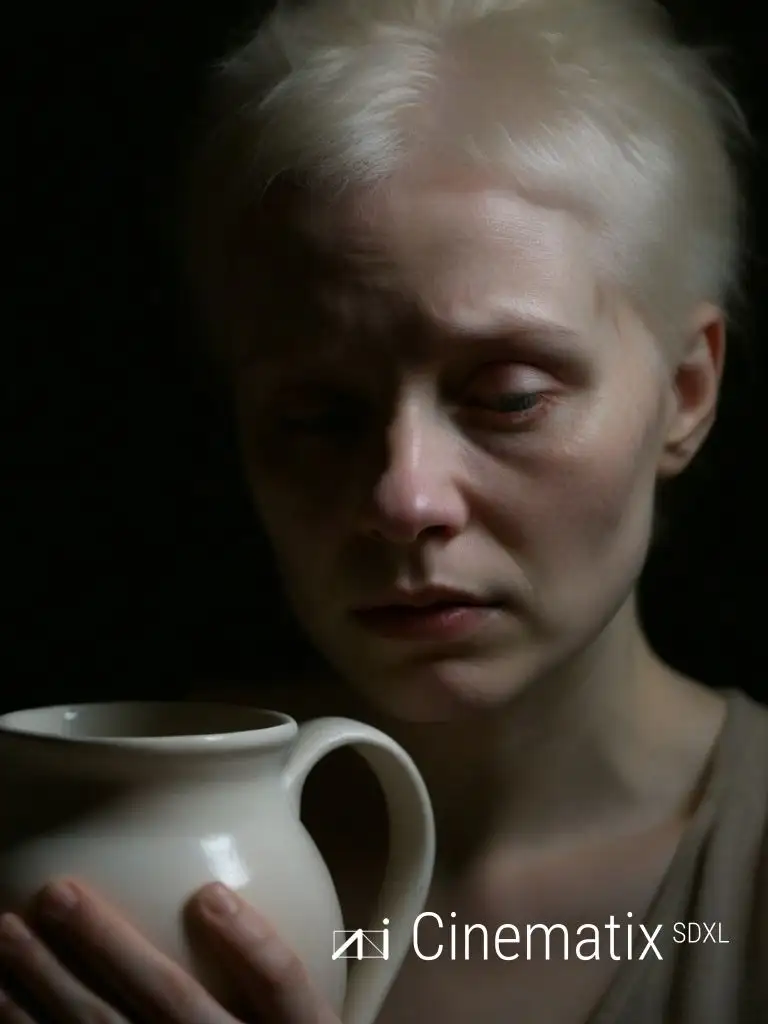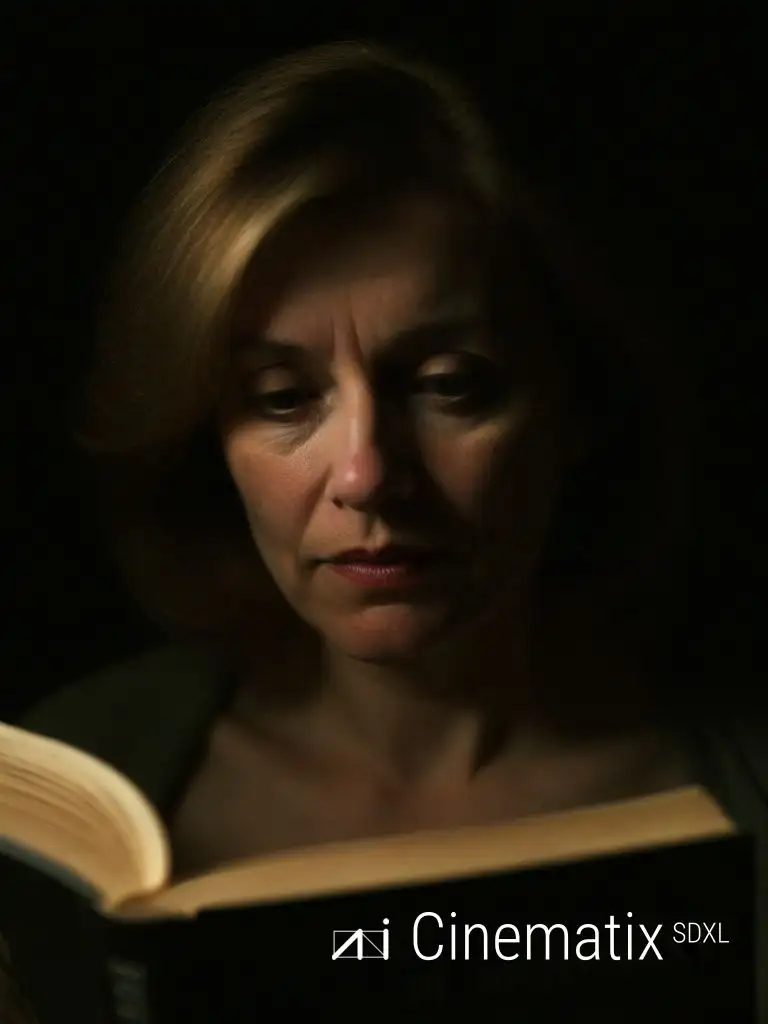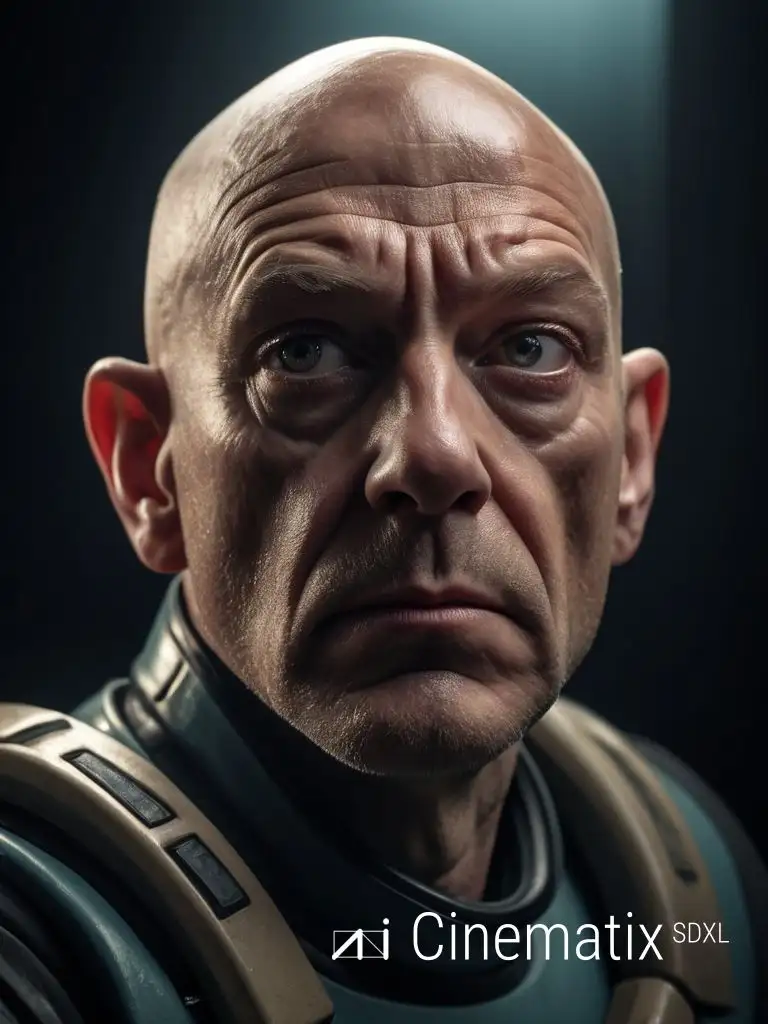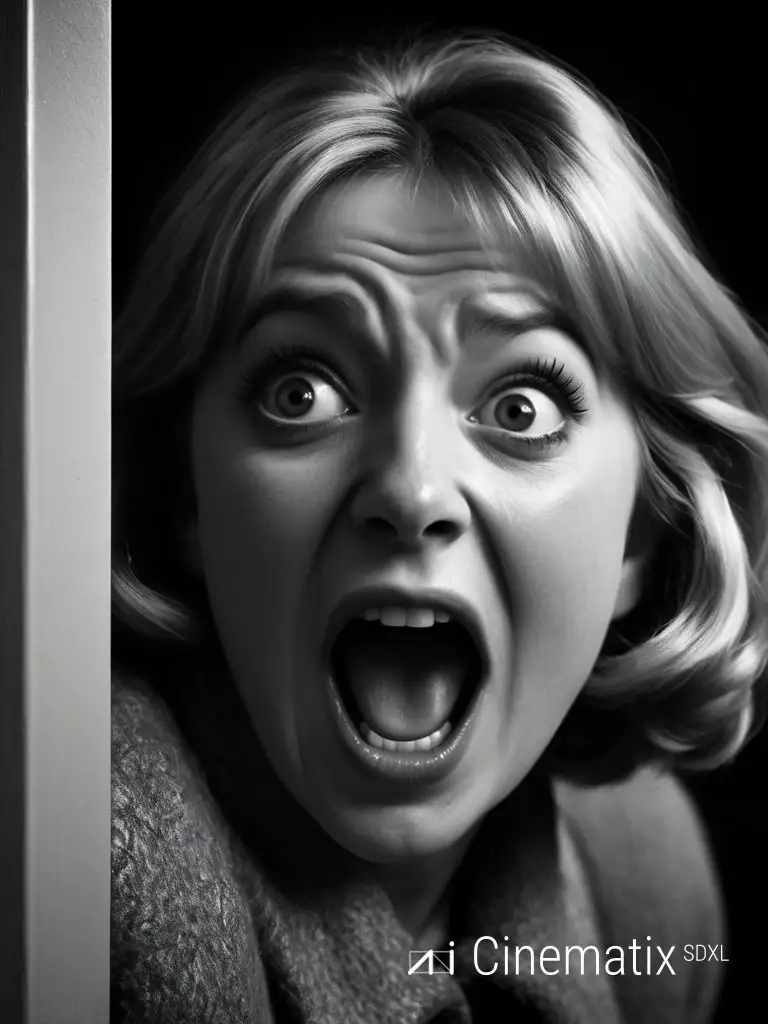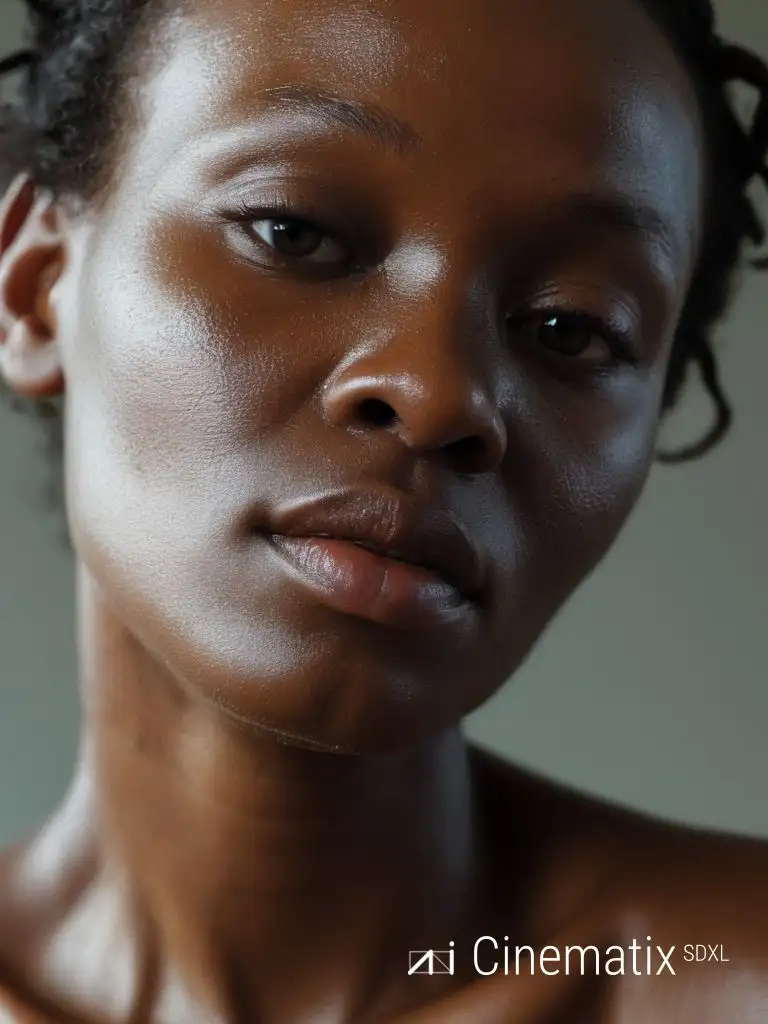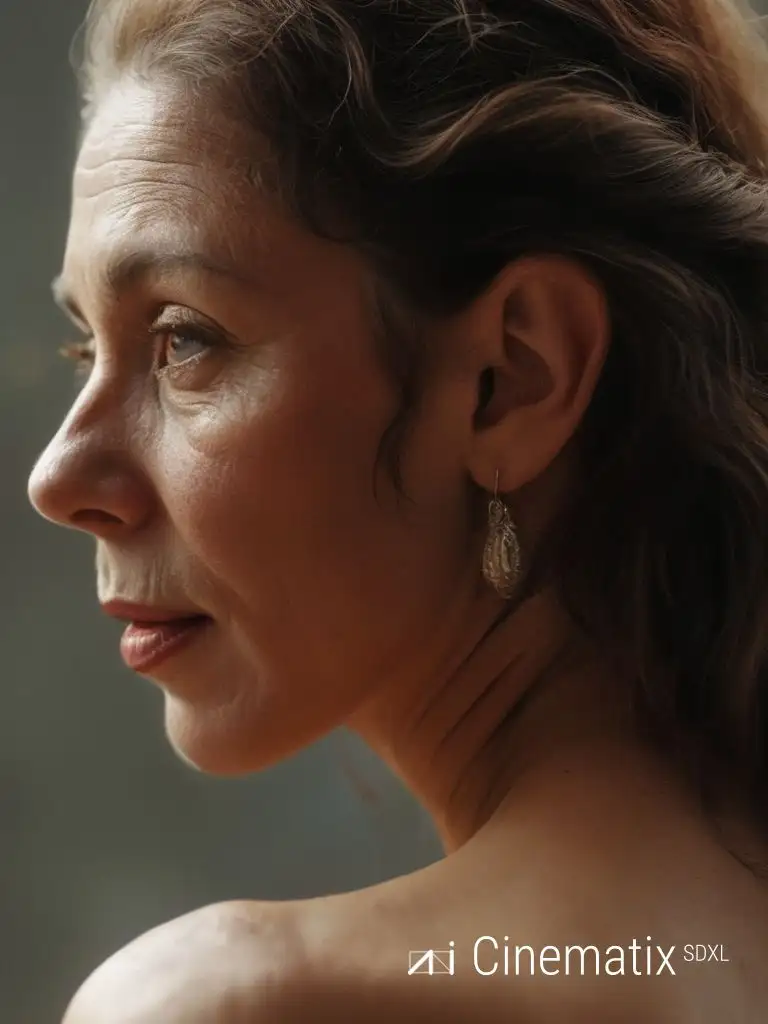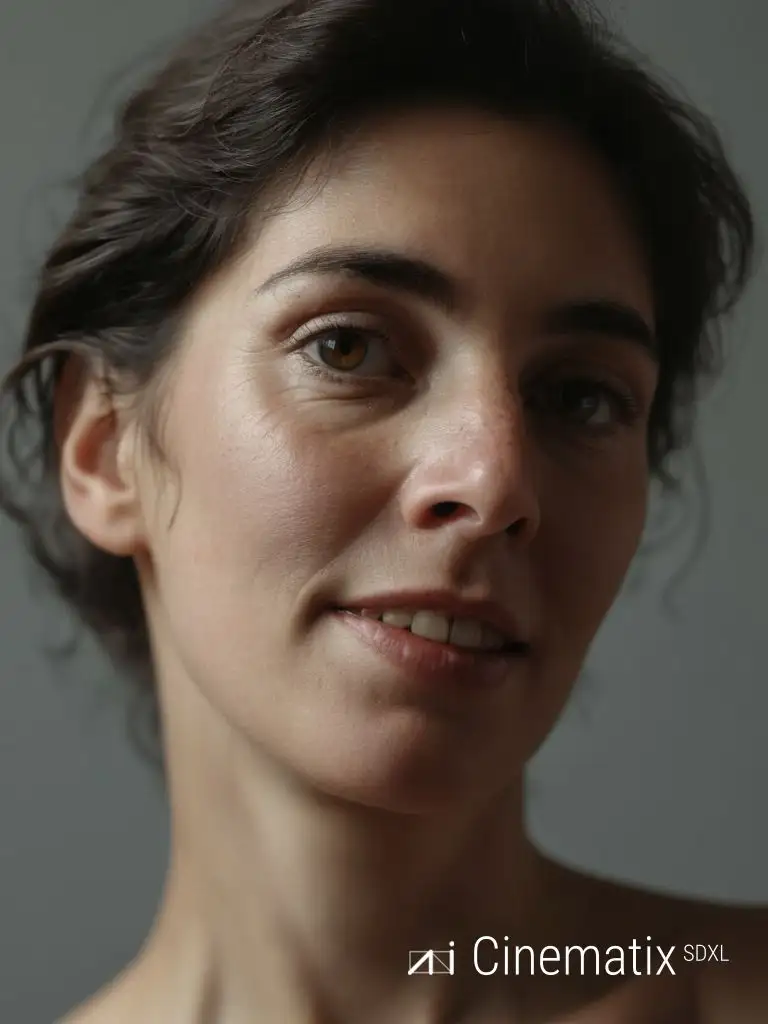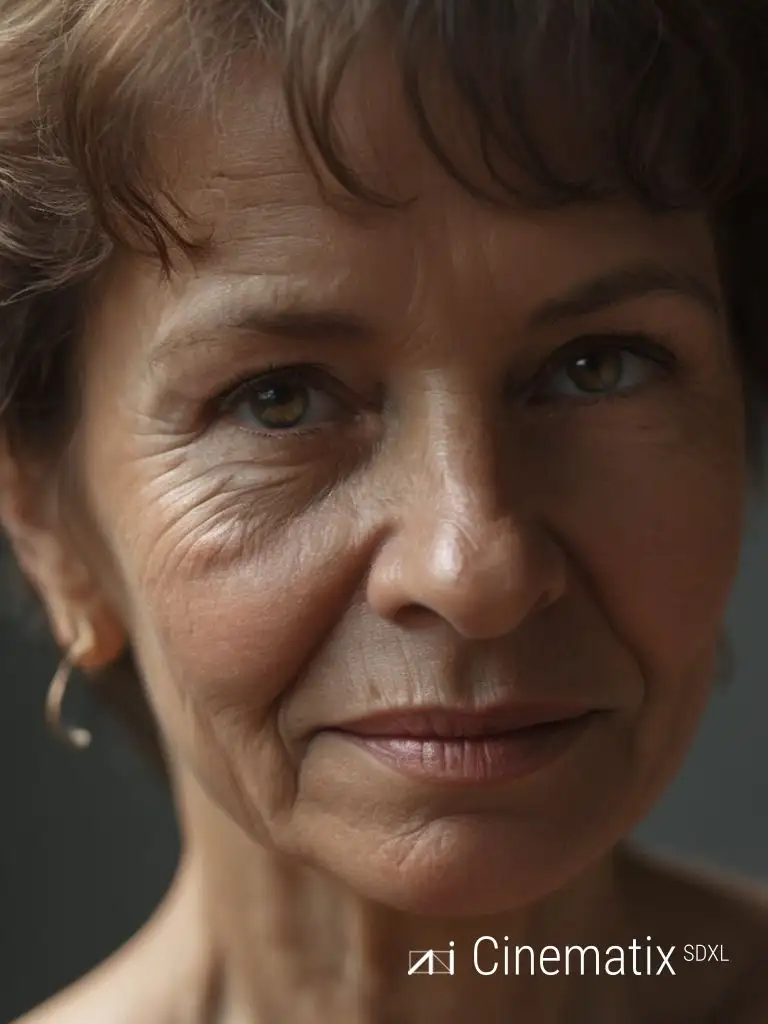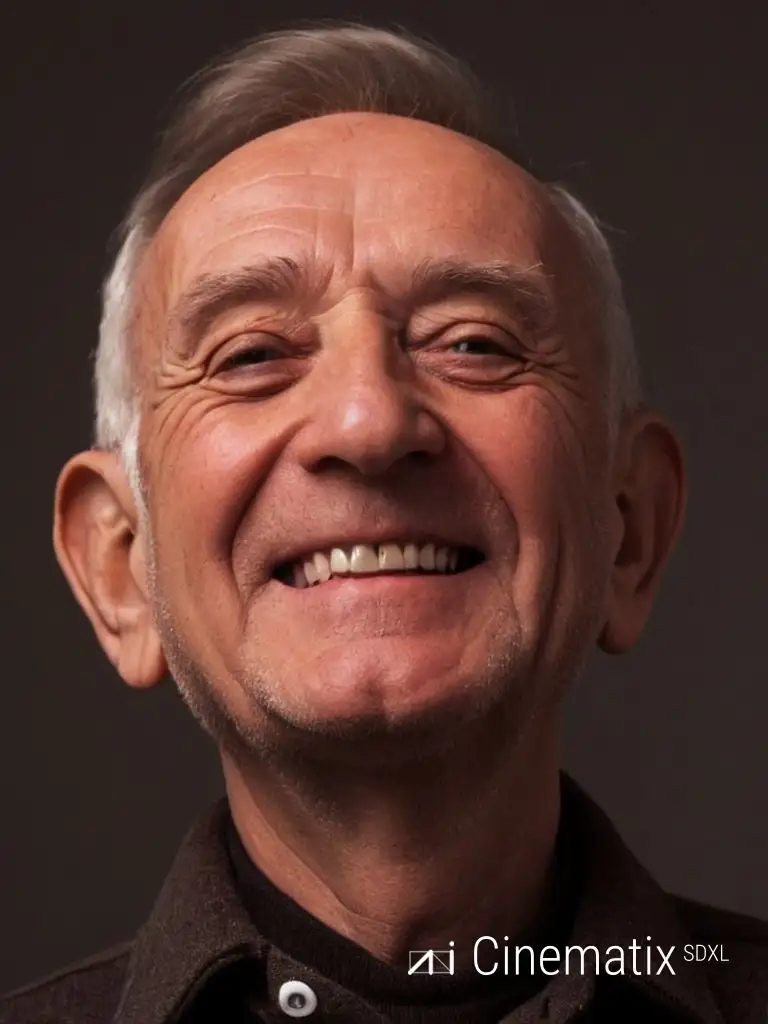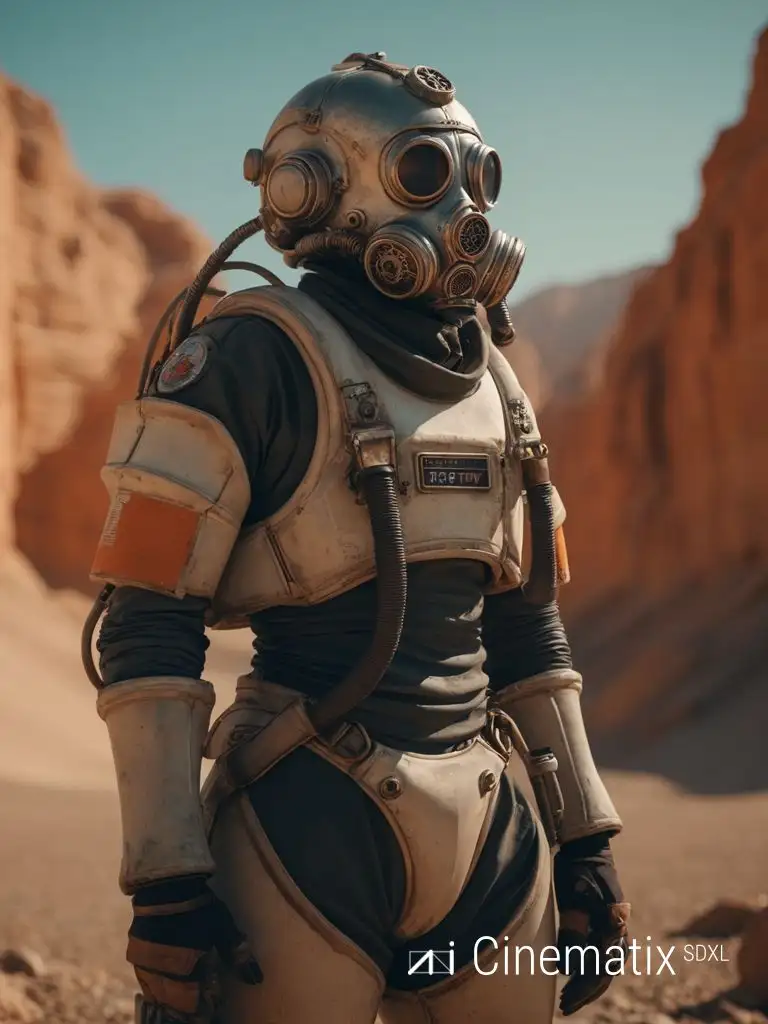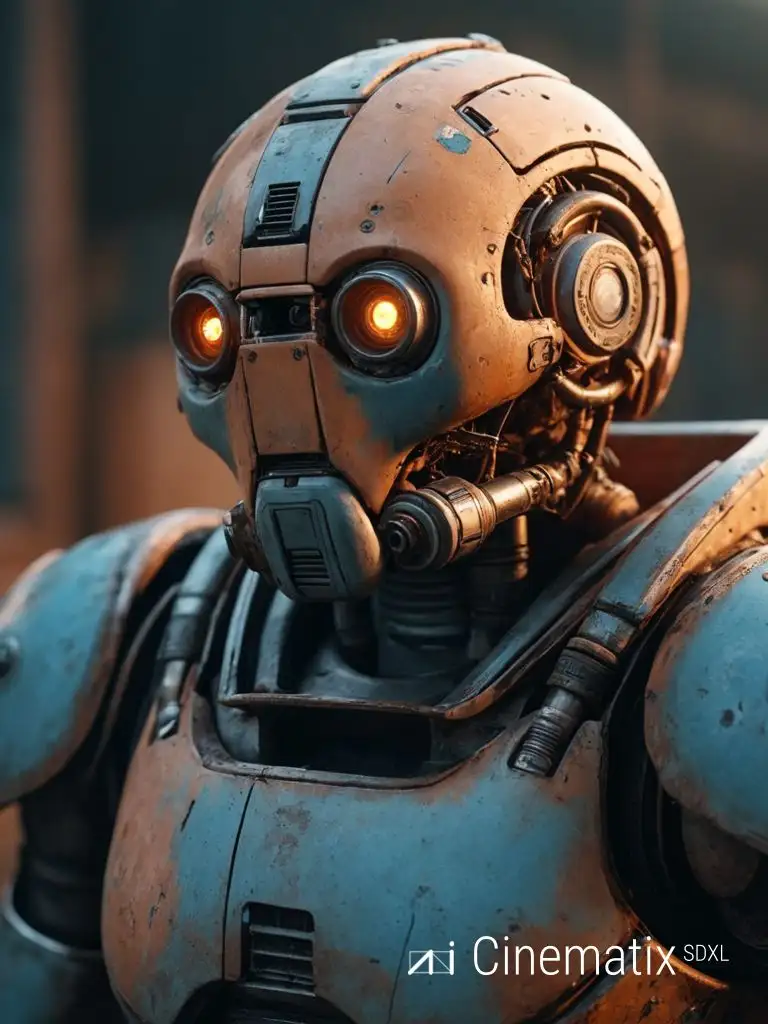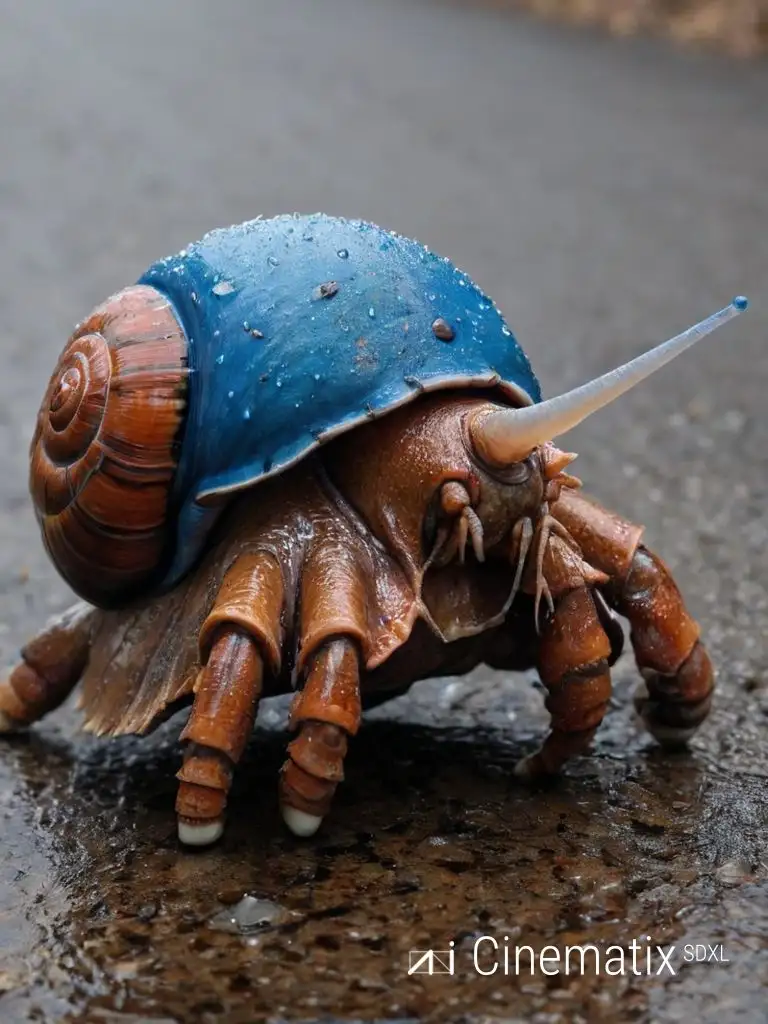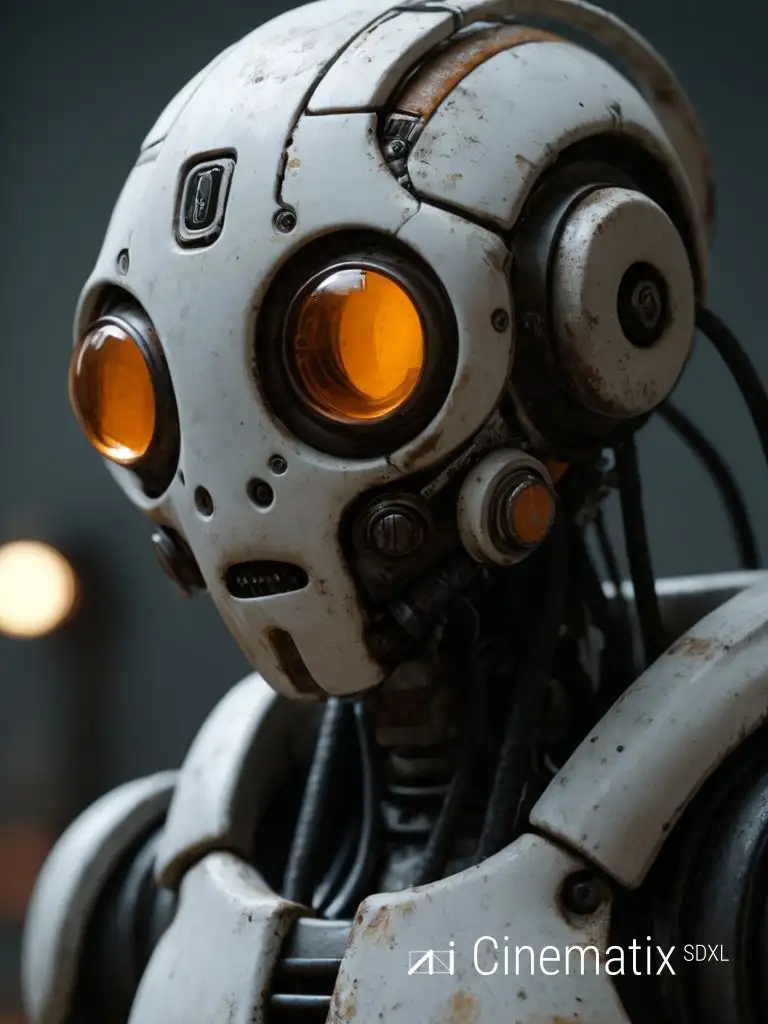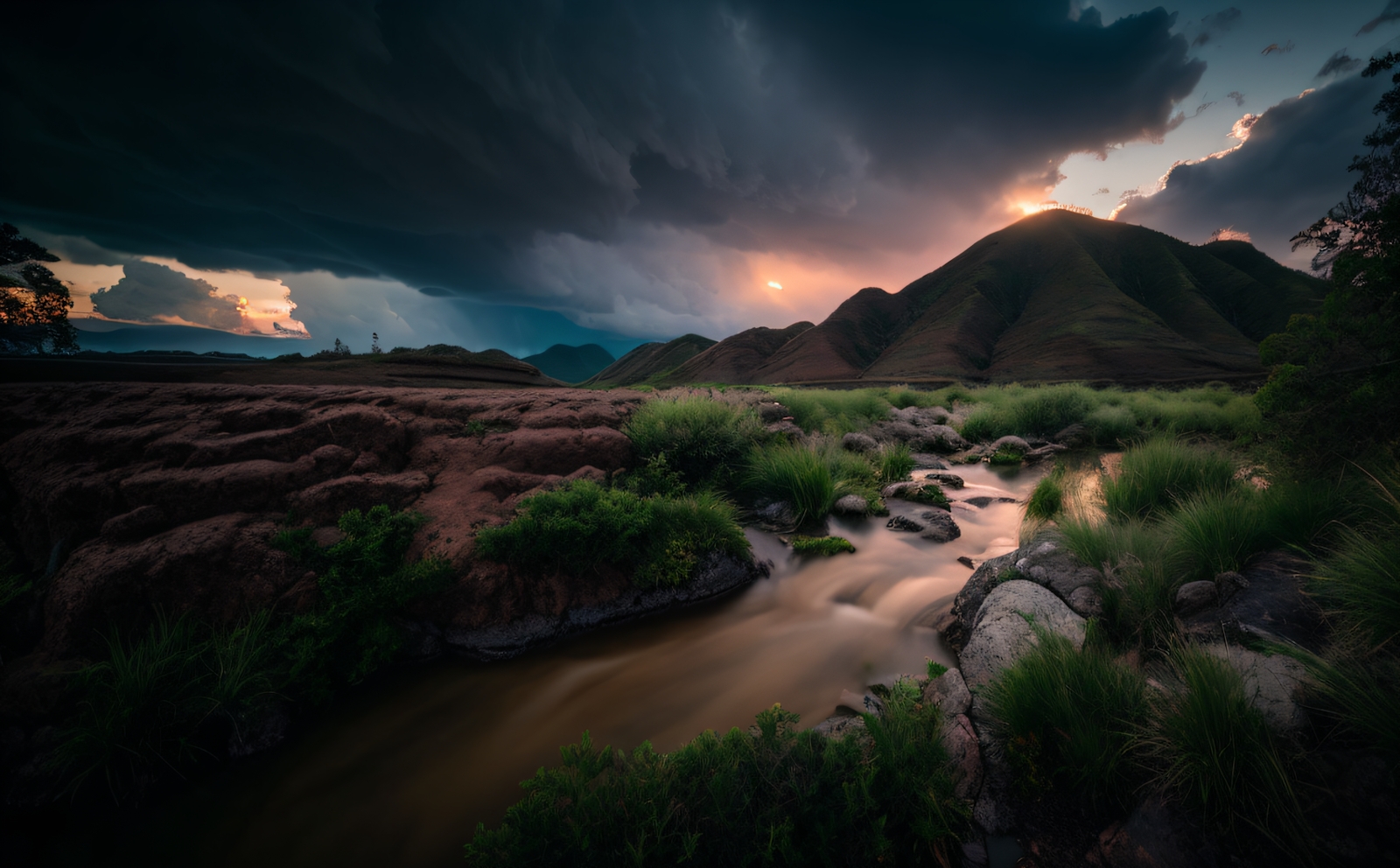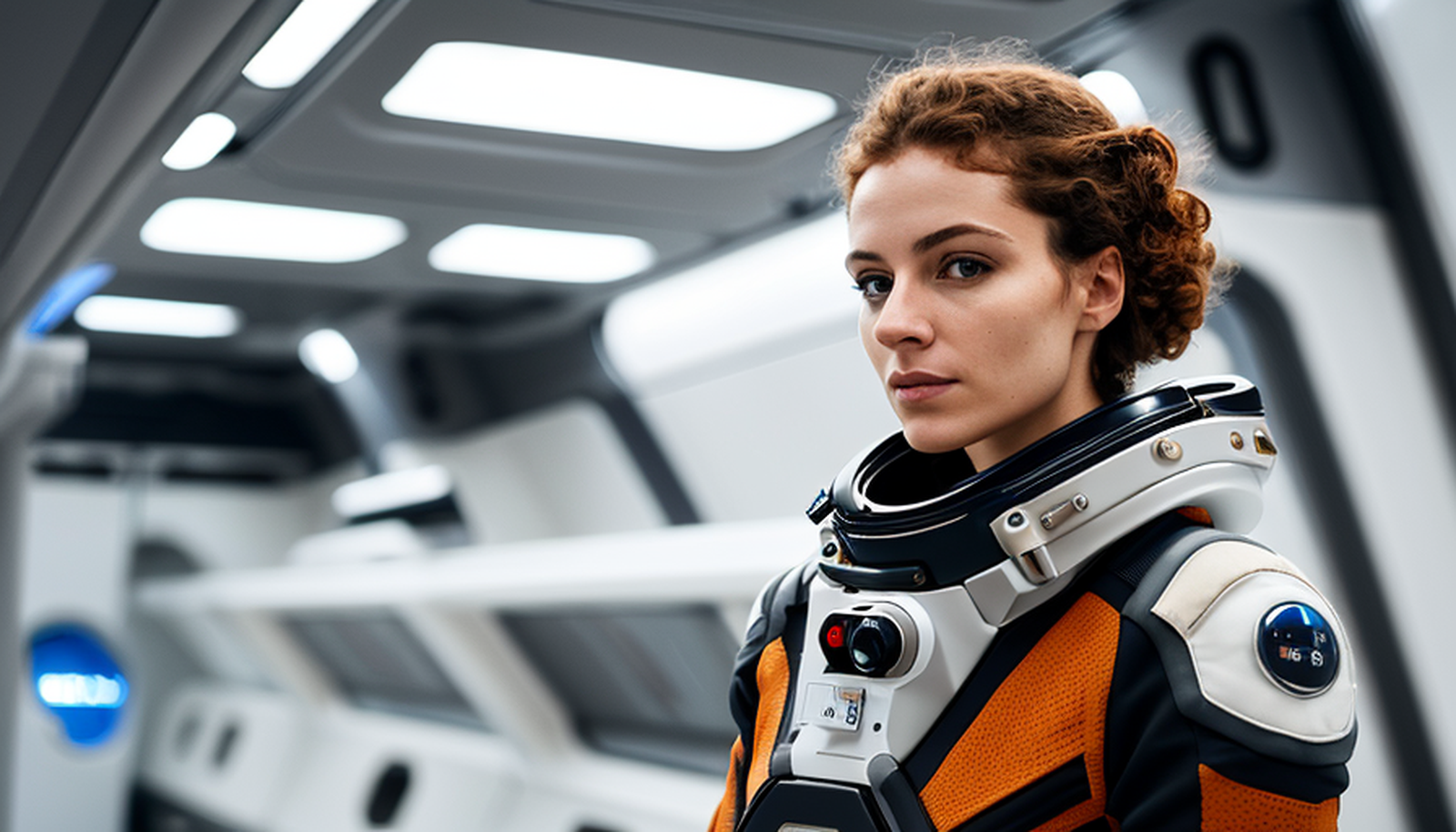Cinematix SDXL: Expert Tips and Advanced Techniques for Fine-Tuned Stable Diffusion Models
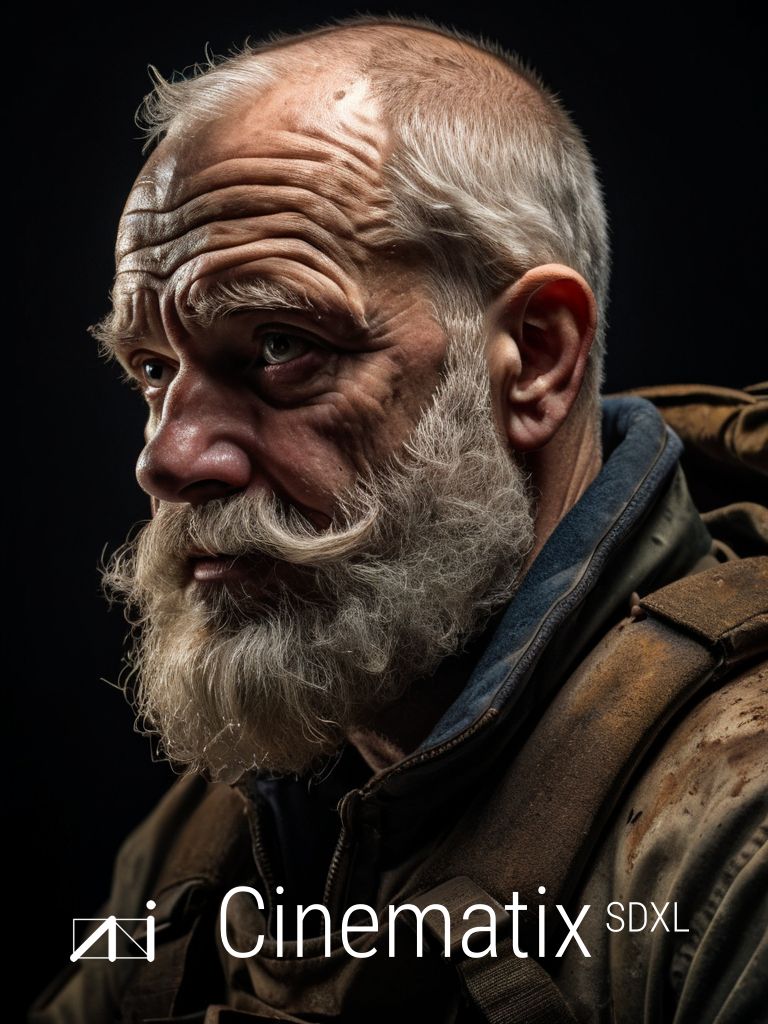
Cinematix is the stable diffusion checkpoint merge based on SDXL 1.0 fine-tuned models. It is focused on photorealistic output for concept design, character portraits, and cinematic compositions. It is aimed for advanced users and it implicates workflows using ControlNet or other diffusion control techniques.
The purpose of this model merge is to create similar generative results to my previous Photomatix model, incorporating the advantages of the SDXL base model for style development and testing SDXL LoRAs and technologies (some new models and extensions are available for SDXL only). This article highlights the unique characteristics of this model and offers techniques for effectively working with it.
How to Install
In case of A1111, download the model to "\stable-diffusion-webui\models\Stable-diffusion". Download the styles.csv (optional) to "\stable-diffusion-webui\", backup the original styles.csv if you have any.
DOWNLOAD Cinematix SDXL from Civitai
DOWNLOAD CX/PX Styles from Github (Optional)
- For development version of A1111, enter
git checkout devinto console - To return back use
git checkout main - If you have Forge installed as styles.csv, enter
git checkout lllyasviel/mainorgit checkout forge/main, more on Forge in the Ultimate Guide to SDXL article. - After switching, pull latest changes with
git pull
Performance Across Resolutions
Cinematix works best with standard SDXL resolutions (1024x1024, 1024x768, 960x1280, 1280x1472, 1280x1536), but it can render meaningful images in lower resolutions too (512x768, 768x768, 384x512, 384x256 or 256x192 with use of a proper upscaler, read below). You may experiment with various resolutions for different subjects.
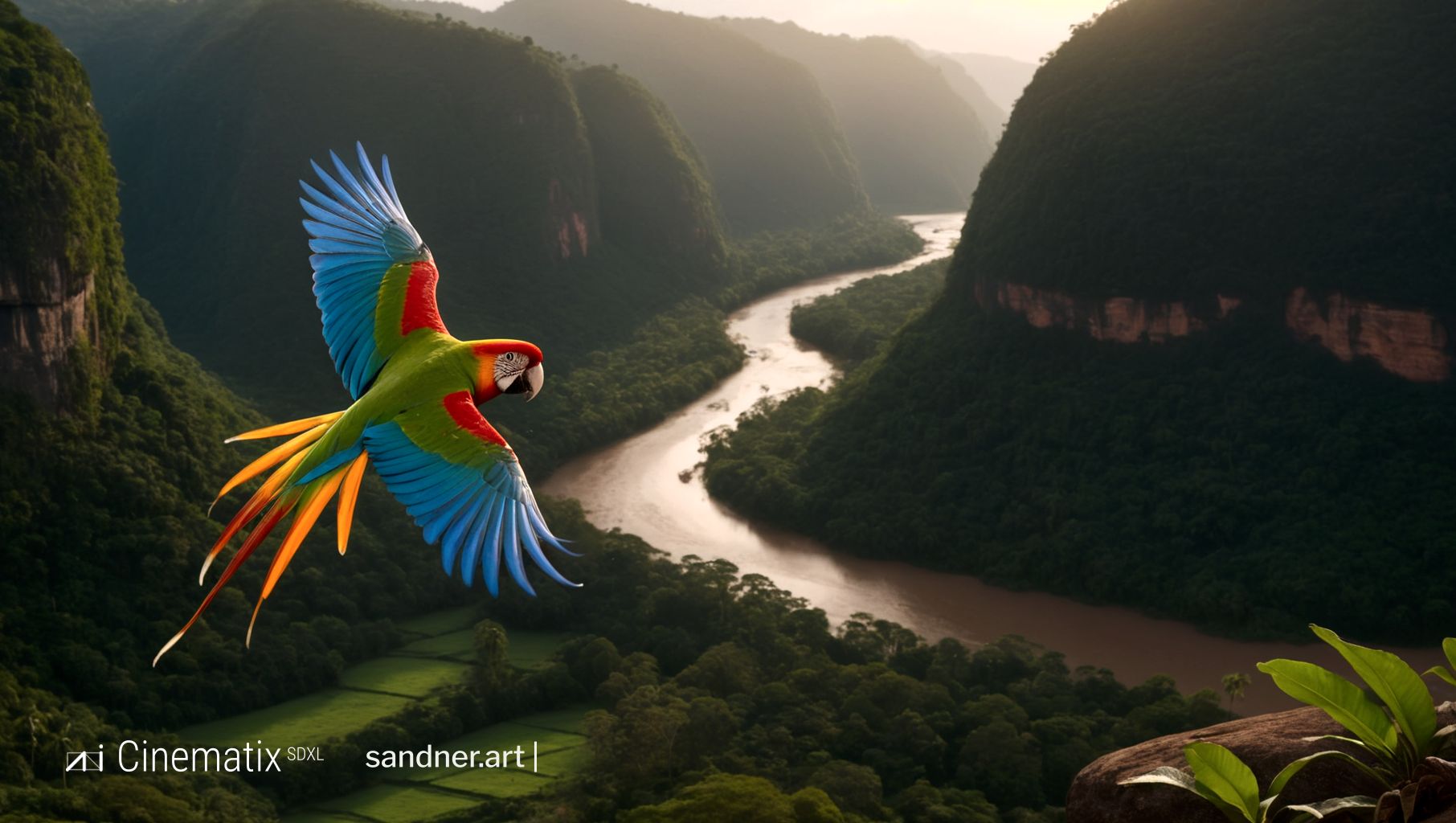
Samplers
For lower number of steps, I recommend these samplers:
DPM++ 2S a Karras, DPM2 Karras, DPM++ SDE, DPM++ 2S a, DPM++ 2M SDE Karras, DPM++ SDE Karras (8+ steps)
For standard workflows:
DPM++ 2M Karras, DPM++ SDE Karras, DPM++ 2M SDE Exponential,DPM++ 2M SDE Karras,Euler a,DPM2,DPM2 a,DPM++ 2S a,DPM++ SDE,DPM++ 3M SDE,DPM adaptive,LMS Karras,DPM2 Karras,DPM++ 2S a Karras,Restart,UniPC
Lightning Versions
There are SDXL-Lightning versions of Cinematix avalable, which allow much faster generations. You will get the best results using "Euler A SGMUniform" sampling method with 7-11 steps, in one pass, or you may experiment with a sampler in first pass and fix the result in 2nd pass (f.i. with Hires fix). Read more about SDXL-Lightning in this article.
Tips and Workflows for Photorealism
Standard Workflow for Portraits
Standard SD workflow is still the best. At first pass, the image may be darker with more noise than usual, I recommend using this workflow especially when using SDXL concept LoRAs to make more natural looking final image.
- You may use regular CFG 4+ and number of steps
- ADetailer or similar tool to add segmented details (for eyes, face, or person)
- Hires fix option to upscale image during rendering
SDXL tend to produce very nice images without additional detailing, if the subject is not too small ("far from camera").
For an extensive list of SDXL tips for beginners, see this article on SDXL Photorealism.
Instant ID Workflow for Portraits
You need to adjust CFG to 2, number of steps around 16 should be enough for proper tones.
ControlNet Workflows
As addition to prompt engineering, you may modify the composition with ControlNet models and adapters, like IP-Adapter, Reference, and T2I Adapters. Note that this way you may generate scenes even without a prompt. Whe you get too much contrast in the image, try to lower the CFG.
Style Combination Workflow
When combining the styles, you may get duplicate tokens or unwanted effects. I advise utilizing style combinations for establishing the basic form of the scene and as a foundation for adjustments. Once styles are added, you can seamlessly integrate them into the prompt using the 'Apply all selected styles to prompt' button in A1111. You may then proceed with manual prompt adjustments.
Note that unchanged styles will load from saved file meta information.
Upscaling and Hires fix Using DAT
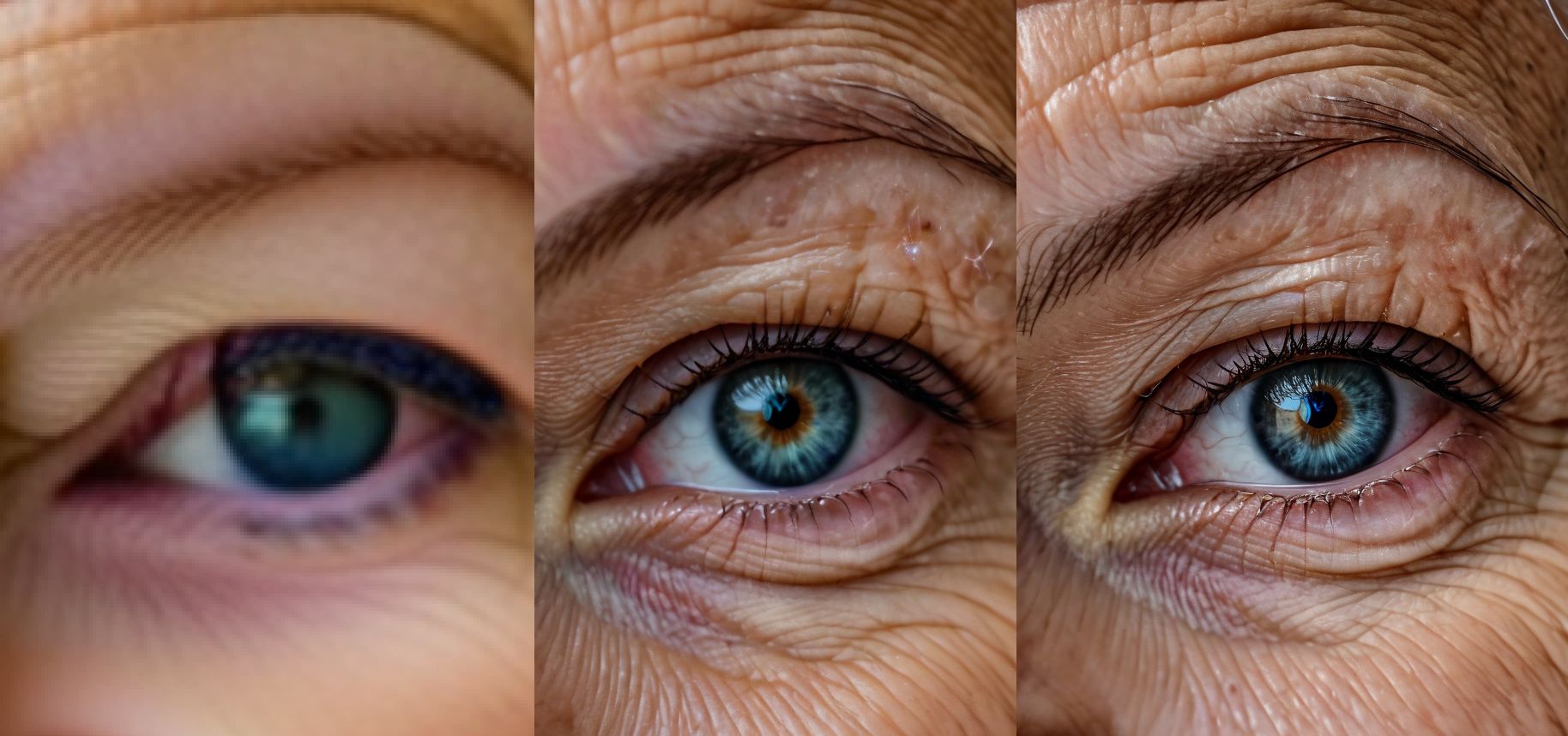
For image upscaling and Hires. fix, you may use models set in A1111 or Forge (Latent Bicubic, DAT, or SwinIR) or get additional upscaler models and put them in proper model directories:
- Look at https://openmodeldb.info/ (you will find the following models there too)
- 4x-ClearRealityV1 .pth goes into models/DAT (safe upscale 2x)
- 4xFaceUpSharpDAT file goes into models/DAT (safe upscale 2x), good for face proportions
- Other realistic upscale DAT files (spsr, 4xLSDIRDAT, 4xNomosUniDAT_otf) go into models/DAT
- 4x_RealisticRescaler_100000_G .pth goes into models/realESRGAN
- 4x-UltraSharp.pth and 4x-UltraScale9_V0.5 BETA.pth goes into models/ESRGAN
- UltraMix, files go into models/ESRGAN
As a general rule, use Upscale by 1.25x, 1.5x (max 2x), Denoising scale 0.3-0.7.
Recommended Tools and Extensions
- ControlNet
- ADetailer
- Regional Prompter
- VectorscopeCC
- Semantic Guidance
Comparison
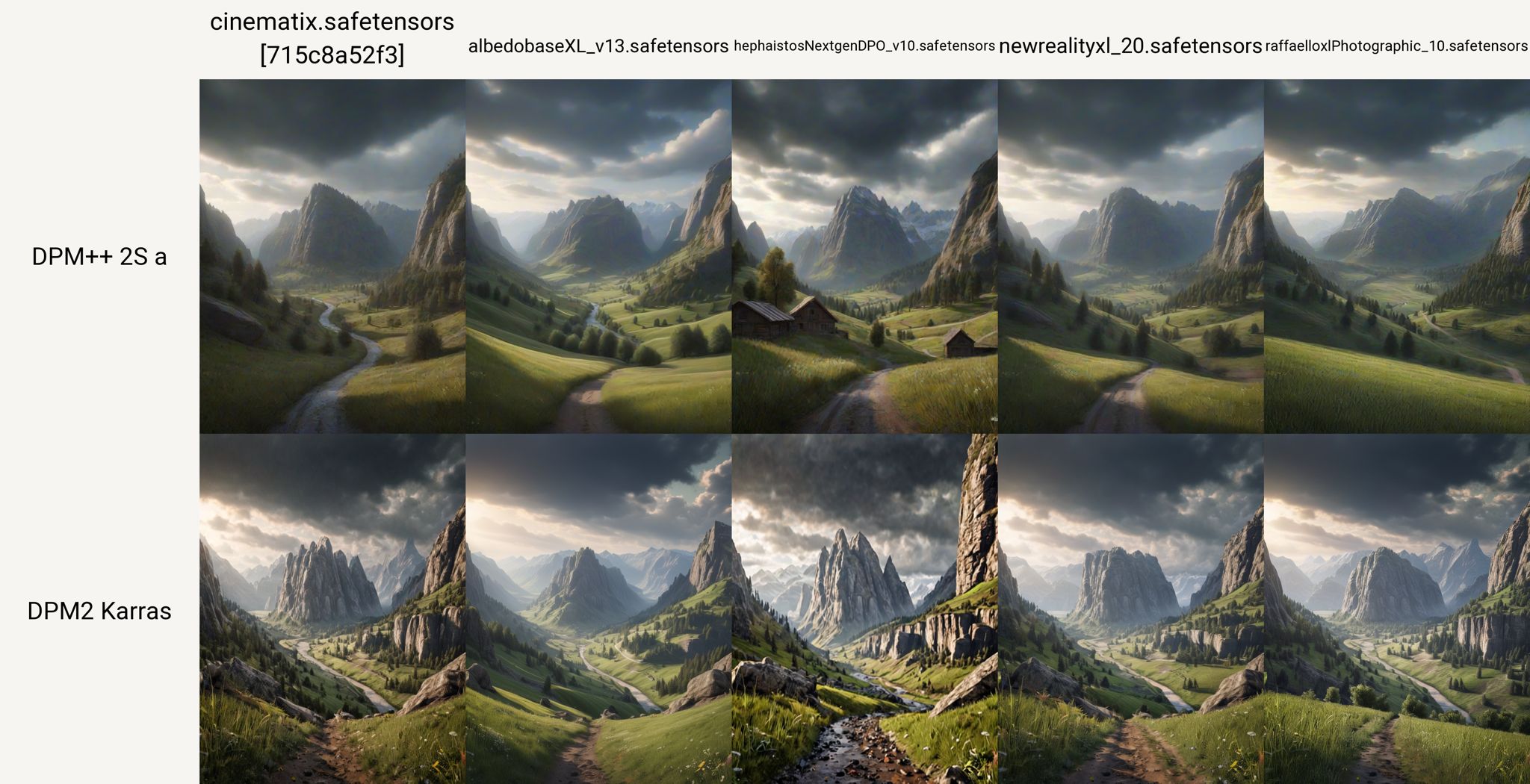
Cinematix creates slightly darker and noisier images, better for further processing. The anatomy is not always so good as on this random example, it tends to fail in complicated compositions and there is much to be improved. The other models in the comparison generally do very good images too. The same face and pose were inserted with ControlNet.

What to Make Better
- eyes shape and details with correct anatomy
- hand poses and handling objects
- horizontal (landscape) orientation rendering of figures
- proportions in composition
Cinematix will be gradually improved in a similar way as Photomatix, with added trained concepts, textures, and lightstyles.
Conclusion
Cinematix is a very fast realistic SDXL model. SDXL allows better consistency and more sane prompt engineering than previous models (read my review of the original SDXL base model without fine-tuning here). It also performs better with groups of characters or complex compositions. The Latent Consistency Model (LCM) and SDXL-Lightning methods allow faster generations but provide slightly fewer details, which can be remedied with other controlling techniques.
References
- Cinematix Download on Civitai
- Cinematix Styles
- Photomatix SD 1.5 Article
- Guide for Stable Diffusion 1.5 Article
- Installation of A1111 Forge
Cinematix was created by merging and experimenting with these models:
- StabilityAI SDXL
- OpenDalle
- Hephaistos
- RaffaelloXL
